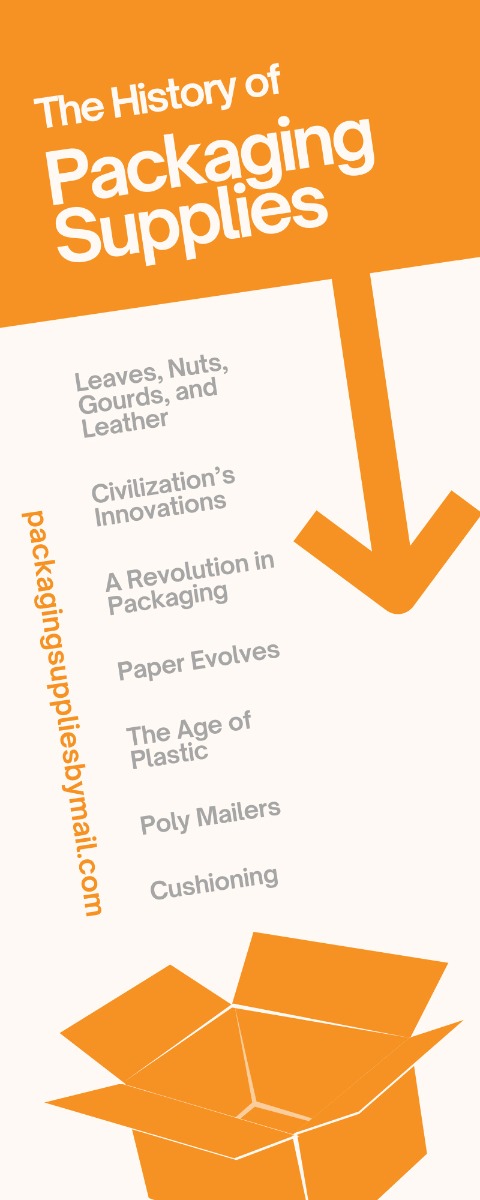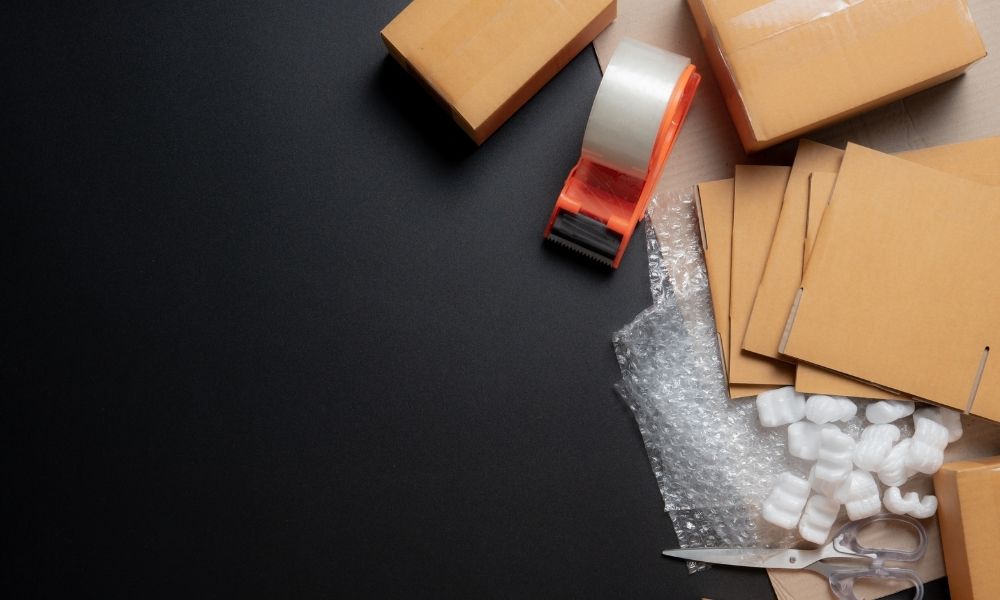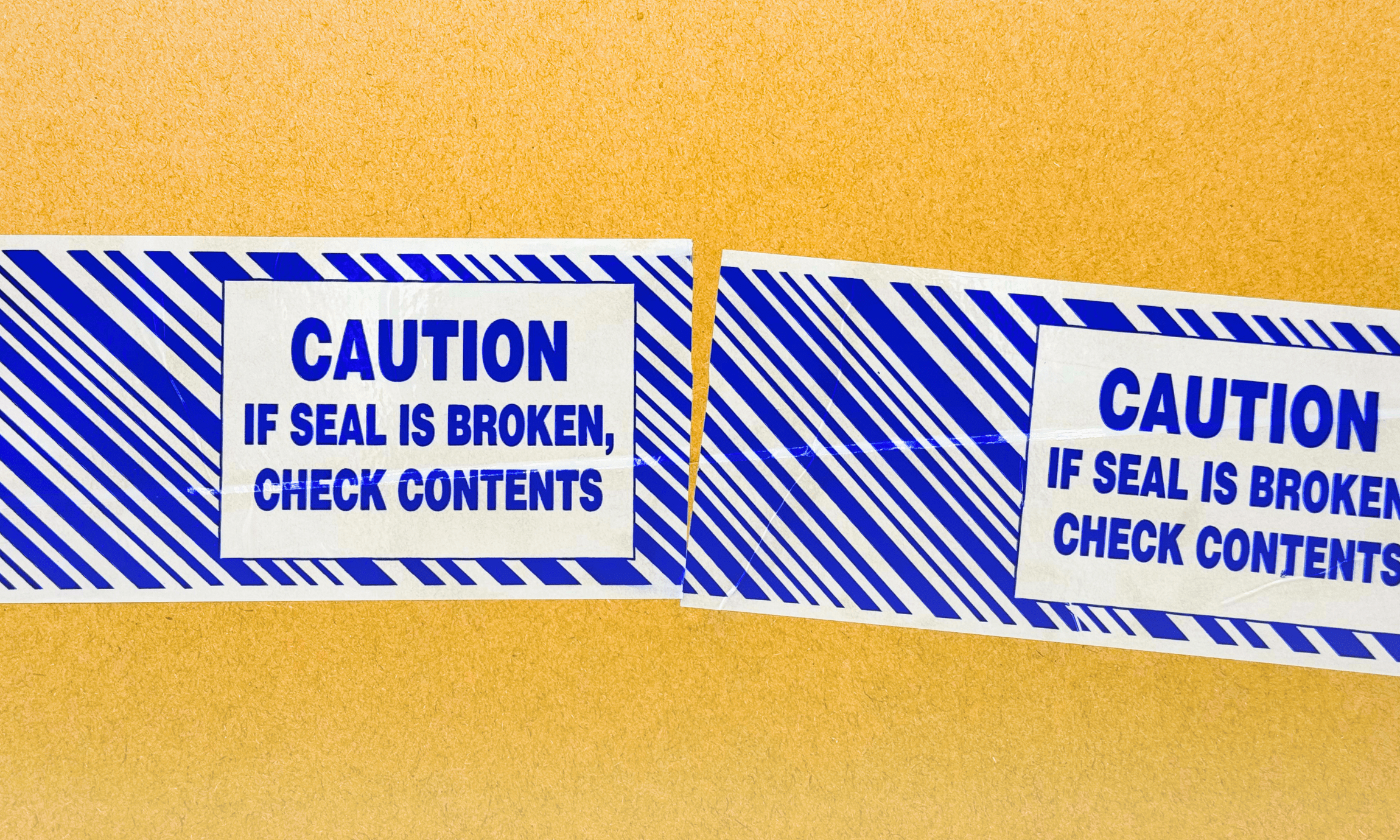Millions of years ago, the first human being realized that carrying things by hand from point A to point B was too much work. Inspiration struck, and looking around, they saw how they could craft natural parts of their environment into containers for easier transport and sharing. It was then that the concepts of packaging, shipping, and handling took hold. We’ve come a long way since then, with technology addressing issues of preservation, protection, and portability. Still, it’s worth reviewing how shipping has changed and the history of packaging supplies.
Leaves, Nuts, Gourds, and Leather
Before the inventions of paper, carpentry, metalwork, and so forth, people had to make do with what nature provided. Fortunately, it provided plenty of packaging alternatives in abundance. Trees with large leaves were no doubt the first packaging manufacturers/suppliers. People could use large palm and other leaves to wrap up, secure, and protect food and other materials for transportation. Gourds not only made for great dishes, bowls, and cups, but they could also be hollowed out and sealed to preserve water, wine, and other liquids and foods. Large nuts, coconuts, and other hard outer body shells were excellent for providing protection against damage, too. Finally, when someone butchered an animal for its meat, they could craft the skin, internal organs (such as the stomach), and the horns into receptacles to keep and preserve goods. It was vastly different from refrigerated containers, flat mailers, next-day delivery, and other modern developments, but it did the trick and aided in trade as well.
Civilization’s Innovations
As humans grew more intelligent and trade increased between groups, packaging and shipping likewise improved. Basket weaving created sturdy but light packages that people could use to protect and preserve goods on short or long trips or for storage until later. The development of pottery went even further. It allowed people to create containers that could protect food and drink for even longer periods of time, keep out vermin, and preserve freshness in cooler areas. Pots, jars, jugs, and other containers were well-suited for shipping by sea as well as land. At this time, maker’s and seller’s marks were employed (early branding!) as well as markings for inventory and the like. Barrels and glass were also big boosters of early trade. Quite often, materials sealed in a glass container thousands of years ago, like honey, have retained a level of freshness or integrity.
A Revolution in Packaging
It wasn’t until the 1800s and the Industrial Revolution that packaging supplies became cheaper, standardized, and more efficient. While canning had long been a homecraft and method of preserving fruits, vegetables, and the like, true metal cans didn’t appear until around 1810, when the tin can was developed. People could seal tin cans to preserve the food inside against spoilage and infiltration (unfortunately, lead soldering was common and could leach into the contents). Still, cans could survive longer trips than barrels, glass, and pottery.
Paper Evolves
Paper, of course, was invented thousands of years ago, and people made early envelopes by folding and gluing a document or other items into a larger sheet of paper. Paper packaging took on new forms with the invention of cardboard in 1817. This was a basic single layer of cardboard, but it did permit the creation of sturdier boxes that could store or transport lighter goods. Another big development was the pre-glued envelope in the 1830s. Pre-made envelopes with dried glue that you could moisten and seal improved the sending and shipping of letters and other documents. Corrugated cardboard came along in the 1870s, permitting the creation of light but durable boxes that you could easily close, ship, and store without the excess weight of wood, metal, or glass packaging.
The Age of Plastic
The earliest kind of plastic, or plastic-like substance, was a material called Parkesine, which was invented in the late 1800s as an alternative to ivory and similar materials. Parkesine was partially made of organic substances. It wasn’t until the early 1900s that plastic really started to turn into the material we recognize today. Cellophane, the transparent and flexible “cloth,” was made from wood cellulose with the intent of resisting liquids. Cellophane was eventually developed to lock in and keep out moisture on packages. Eventually, cellophane, polyethylene, and other plastic films made the leap into the shipping industry, covering and even holding together large pallets of packages. In time, people began to use plastic to manufacture mailers and other envelopes. For example...
Poly Mailers
Paper is a great material that provides strength, durability, and protection when turned into envelopes and boxes. Poly mailers, on the other hand, have their benefits as well. People have used plastic bags since the 1960s, with poly mailers developing sometime since then. Poly mailers revolutionized shipping by being tough, moisture-resistant, lightweight, and easily stackable and transportable. Poly mailers also accommodated another amazing (and amazingly addictive) product...bubble wrap. But bubble wrap isn’t the only kind of cushioning...
Cushioning
When people think of packaging, they usually think of boxes and bags. But what’s inside is important as well—namely, cushioning. Ever since the earliest days of packaging, people have packed materials inside to absorb shocks. Excelsior is a shredded wood product that holds objects in place and keeps drops and bumps from breaking the goods inside a box. Loose-fill packing materials like Styrofoam peanuts, starch-based filler, and even inedible popcorn have also served as shock-absorbers. Wadded-up paper, especially newspaper, remains a classic material for shipping, as is molded wood pulp, which you can shape to fit the items or goods for added protection and stability.
Of course, bubble wrap is what people usually think of when it comes to cushioning materials. When bubble wrap was invented in the late 1950s, packaging was the furthest thing from the inventors’ minds. At first, it was supposed to serve as a textured surface for wallpaper, giving walls that distinctive squishy look and feel. That didn’t sell, so they tried selling it as a form of insulation for greenhouses. Again, not a hit. It wasn’t until they realized that bubble wrap made a wonderfully soft and supportive packing material that sales took off. And, of course, it led to generations of consumers amusing themselves with its popping ability!
That’s how shipping has changed through the centuries, as well as the history of packaging supplies. Want to learn what packing materials are best for your business? Contact us the next time you need to buy packaging supplies!








Log In